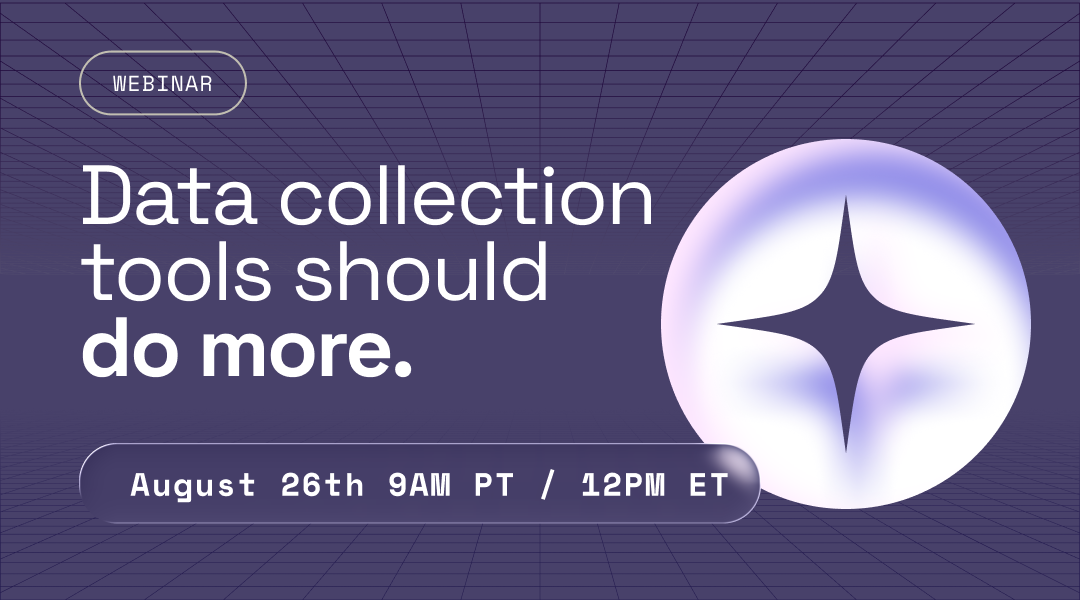The "S" in ESG (Environmental, Social, and Governance) represents a crucial element that should not be overlooked. To achieve true ESG success, it is imperative to prioritize social business practices that revolve around improving people's lives. In this article, we will delve into the meaning of "social" within the ESG framework, explore key social business practices, and emphasize the importance of listening to people to drive meaningful impact.
- The “S” in ESG is social.
- Social business practices
- Why do people matter in ESG
To better understand what S is, we must first understand how the field defines it. Several ways in which experts in the industry have described S include social issues, labor standards, human rights, racial justice, access to health care, workplace diversity, data security, industrial relations, or supply-chain concerns.
Recently, "Stakeholder-centric" IMM has emphasized the "S" in ESG.
KEY TAKEAWAYS
- Social enterprises and nonprofits have better relationships and communications with stakeholders than Corporates.
- Partnering with Social enterprises/nonprofits upends the business practice of Corporates to make it more social.
Defining the "S" in ESG
The "S" in ESG stands for social and focuses explicitly on people. Recent studies show that social issues have gained significant importance in the eyes of global investors. These social issues encompass various aspects, such as labor standards, human rights, racial justice, access to healthcare, workplace diversity, data security, industrial relations, and supply chain concerns. Understanding and addressing these issues are critical steps toward achieving ESG objectives.

Unveiling Social Value
Social value refers to the non-monetary benefits experienced by individuals as a result of programs or services. While organizations often highlight metrics like job creation or housing projects, examining how these initiatives truly benefit people is essential. Social value encompasses improved quality of life, increased social inclusion, reduced stress, and other positive outcomes contributing to social change.
ESG Social Impact: Measuring and Evaluating
To evaluate the impact of ESG initiatives, it is necessary to assess the positive or negative effects attributed to a program or service. This cause-and-effect process can be visualized through models like the Theory of Change. Ultimately, organizations aim to demonstrate how their actions have led to tangible improvements in people's lives and back it up with relevant data. Social enterprises and nonprofits play a crucial role in creating social value and driving impactful change, while corporations increasingly embrace social business practices.
The Role of Social Business Practices in ESG
In contrast to traditional business practices driven solely by profit, social business practices prioritize people and their well-being. Social procurement is an example of how corporations can adopt socially responsible supply chain strategies. By sourcing goods and services from social enterprises, corporations can ensure their business practices align with social objectives and avoid supporting human rights violations commonly found in conventional supply chains.
Listening to Stakeholders for Impactful ESG
Meaningful impact cannot be achieved without actively engaging with the directly affected people. Top-down approaches that neglect stakeholder input often lead to superficial solutions and impact washing. Centering people's experiences is crucial in understanding the true impact of ESG initiatives. Successful social enterprises and nonprofits actively listen to their stakeholders, gaining valuable insights and shaping their impact measurement and management processes accordingly. Adopting stakeholder-centric approaches in ESG is essential to drive genuine social change.

Collaborating with Social Enterprises and Nonprofits
Social problems and their solutions are often deeply rooted in local contexts. While large corporations may lack direct relationships with local stakeholders, social enterprises and nonprofits are deeply ingrained in their communities. Corporations can leverage their expertise and establish meaningful collaborations that drive social impact by partnering with these organizations. Sopact is a valuable resource for organizations seeking to measure and manage their impact through stakeholder engagement. Contact us to embark on your impact journey.
Conclusion
ESG social impact is a crucial aspect of driving positive change. By understanding the social issues encompassed by the "S" in ESG, embracing social business practices, and actively listening to stakeholders, organizations can unleash the true power of ESG. Prioritizing social value, measuring impact, and collaborating with social enterprises and nonprofits are essential to creating a sustainable and inclusive future. Let us join forces to make a lasting difference in society.







